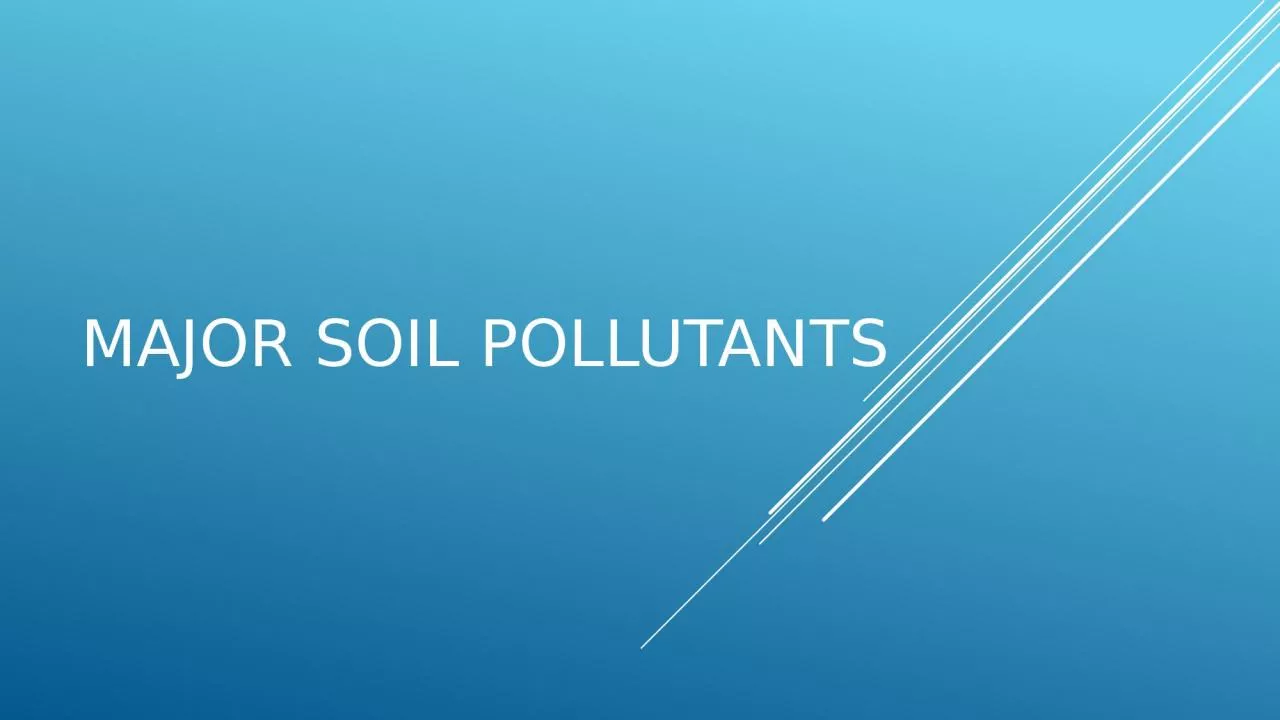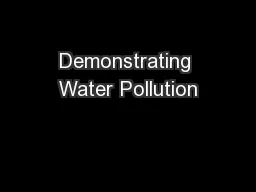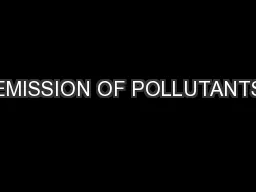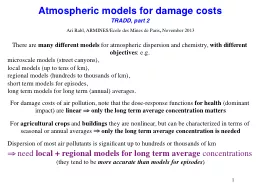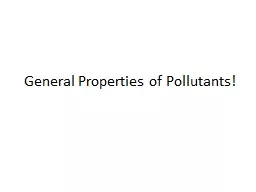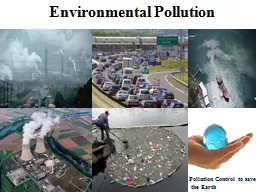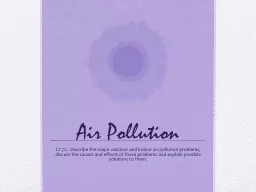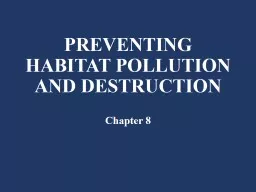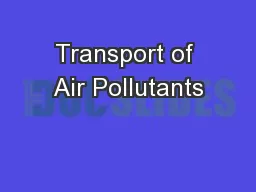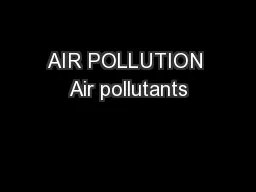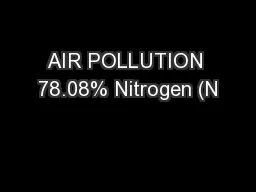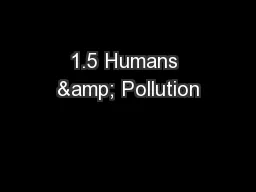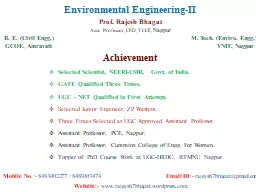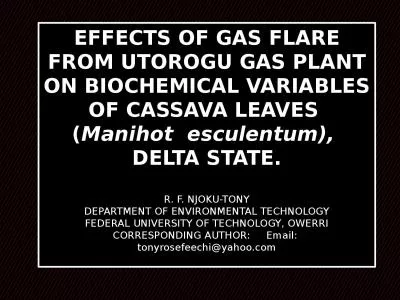PPT-MAJOR SOIL POLLUTANTS WHAT IS SOIL?
Author : badra | Published Date : 2023-10-26
Soil is the thin layer of organic and inorganic materials that covers the Earths rocky surface Soil is composed of particles of broken rock that have been altered
Presentation Embed Code
Download Presentation
Download Presentation The PPT/PDF document "MAJOR SOIL POLLUTANTS WHAT IS SOIL?" is the property of its rightful owner. Permission is granted to download and print the materials on this website for personal, non-commercial use only, and to display it on your personal computer provided you do not modify the materials and that you retain all copyright notices contained in the materials. By downloading content from our website, you accept the terms of this agreement.
MAJOR SOIL POLLUTANTS WHAT IS SOIL?: Transcript
Download Rules Of Document
"MAJOR SOIL POLLUTANTS WHAT IS SOIL?"The content belongs to its owner. You may download and print it for personal use, without modification, and keep all copyright notices. By downloading, you agree to these terms.
Related Documents

